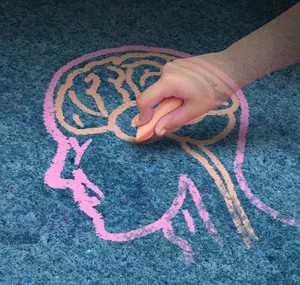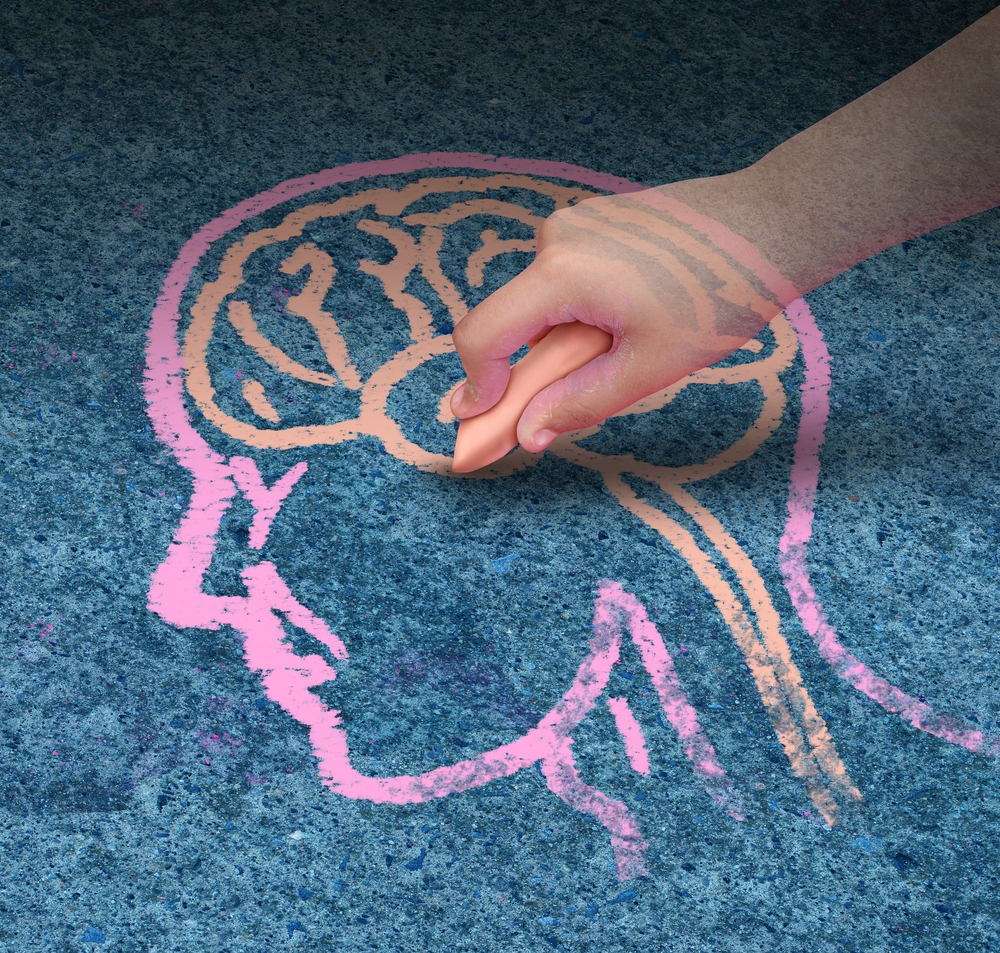
Roughly one in sixty-eight children are diagnosed with some type of autism spectrum disorder, which can be characterized by social issues, communication problems, repetitive behaviors, and even cognitive delays.
Right now most children diagnosed with autism receive their diagnosis after age four. Researchers believe it would be more helpful to make that diagnosis much earlier in a child’s life.
In an effort to find the key to an earlier diagnosis, researchers at Toronto’s Sick Kids Hospital examined the genetic data of 3,000 North American and European families. Eventually the researchers developed a formula they believe will help them calculate the genetic probability that a child will develop autism.
According to Sick Kids Hospital researcher Stephen Scherer, the unique genes that result in autism can actually be detected during prenatal development. “We’ve stumbled upon the core group of genes that is necessary for human cognition,” Scherer said. “It’s those segments of genes that are turned on very early in brain development and are very highly evolutionarily conserved — those are almost always found to be involved in autism.”
Scherer, whose report on the subject was recently published by the journal Nature Genetics, says his team plans to use their findings to develop a diagnostic tool that clinicians everywhere can use to detect autism. Scherer says he expects the tool will be available sometime in late 2014.



